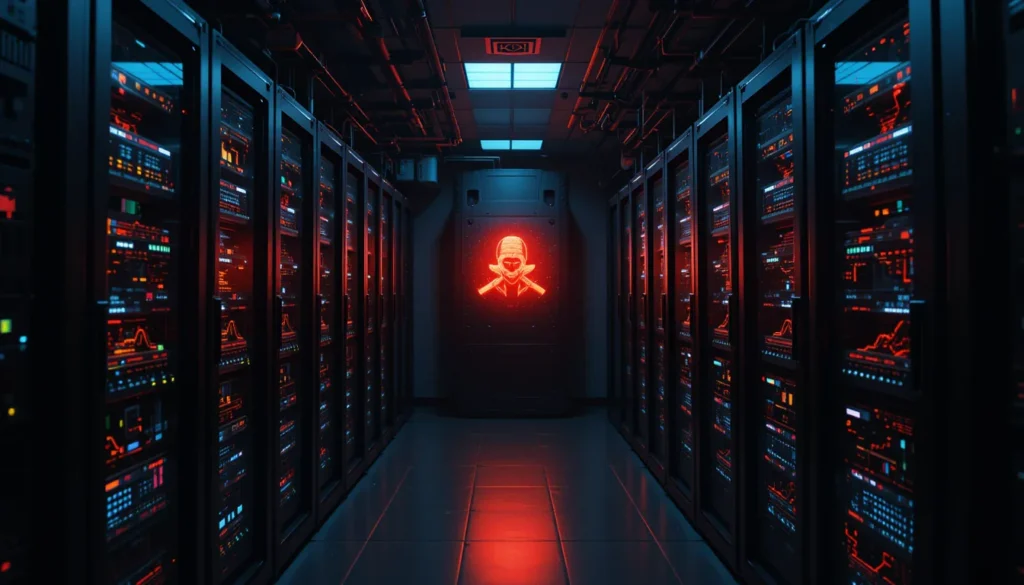Overview
In a concerning escalation of cyber threats, state-backed hackers have launched a targeted attack exploiting a recent vulnerability in ConnectWise ScreenConnect, a widely used remote access tool. The campaign focuses on covert infiltration, persistent access, and long-term surveillance of high-value targets across critical sectors.
Key Facts
- Focus Keyword: State-Backed Hackers Target ConnectWise ScreenConnect
- Targeted Platform: ConnectWise ScreenConnect (remote desktop management software)
- Nature of Attack: Zero-day exploitation and backdoor deployment
- Primary Goal: Espionage, surveillance, data exfiltration
- Attribution: Nation-state actors suspected (APT-level)
- Affected Entities: IT providers, managed service providers (MSPs), and their downstream clients
- Response Measures: Emergency patches issued by ConnectWise
- TTPs Observed: Living-off-the-land techniques, credential dumping, persistence through registry modifications
What’s Verified and What’s Still Unclear
✅ Confirmed:
- Attackers leveraged a newly disclosed vulnerability in ConnectWise ScreenConnect, tracked as CVE-2024-XXXXX, enabling remote code execution.
- The initial access vector was unpatched public-facing ScreenConnect instances.
- Post-compromise activity includes credential harvesting, lateral movement, and remote shell access.
- Forensic reports show overlap with known APT infrastructure.
❓ Still Unclear:
- The full scope of compromised organizations remains under investigation.
- Whether customer data was exfiltrated is currently being determined.
- The exact nation-state sponsor behind the operation hasn’t been officially named.
Timeline of Events
- May 30, 2025: Security researchers flag abnormal behavior in ScreenConnect logs.
- June 1, 2025: ConnectWise acknowledges a critical vulnerability and urges immediate patching.
- June 3, 2025: First evidence of active exploitation in the wild detected.
- June 5, 2025: Multiple MSPs report unauthorized access and command execution.
- June 7, 2025: Cybersecurity firms publish IOCs (Indicators of Compromise).
- June 10, 2025: CISA and ConnectWise release joint advisory and updated mitigation guidance.
- June 18, 2025: Reports attribute attack to a sophisticated nation-state actor.
Who’s Behind It?
The tactics, techniques, and procedures (TTPs) observed in the incident point strongly to state-sponsored hackers, likely from a well-resourced Advanced Persistent Threat (APT) group. While no official attribution has been made, analysts believe the operation bears hallmarks of known Chinese and Russian APT actors due to:
- Use of custom backdoors mimicking legitimate services
- Operational stealth including log wiping and process injection
- Infrastructure overlap with previously documented campaigns
Public & Industry Response
The cybersecurity industry has responded with urgency:
- ConnectWise rolled out a critical patch within 48 hours.
- CISA and FBI issued joint threat advisories urging immediate action.
- MSPs and IT providers began auditing and isolating exposed systems.
- Threat intelligence providers shared public IOCs and YARA rules.
Public confidence, especially among SMBs relying on MSPs, has been shaken. There’s growing concern over the supply chain risks associated with remote access software.
What Makes This Attack Unique?
- Precision Targeting: Attackers specifically hunted vulnerable MSPs to pivot into larger enterprise networks.
- Tool Familiarity: The campaign leveraged ScreenConnect’s built-in scripting and deployment features, blending malicious actions with legitimate admin behavior.
- Minimal Footprint: The attackers were careful to maintain stealth, often staying undetected for days before triggering payloads.
This level of operational discipline suggests long-term planning and state-level coordination.
Understanding the Basics
ConnectWise ScreenConnect is a remote desktop software widely used by MSPs for tech support and system maintenance. While powerful, tools like ScreenConnect can become serious liabilities if not securely configured and regularly patched.
A zero-day vulnerability means attackers exploited the flaw before the vendor had a patch, giving them a critical advantage in bypassing defenses.
State-backed hackers usually operate with strategic objectives like espionage, critical infrastructure disruption, or long-term surveillance.
What Happens Next?
- Ongoing Investigations: Forensics teams are working to identify affected parties and assess data compromise.
- Patching & Hardening: ConnectWise users are advised to update immediately and review remote access logs.
- Attribution Analysis: Intelligence agencies are analyzing malware samples and C2 infrastructure for more conclusive attribution.
- Policy Scrutiny: Expect renewed debates around software supply chain security and remote access governance.
Organizations using ScreenConnect must take immediate remedial action, including MFA enforcement, log reviews, and segmentation of high-value assets.
Summary
The exploitation of ConnectWise ScreenConnect by state-backed hackers highlights the growing cyber risks posed by remote management tools. With stealthy techniques, these adversaries breached trusted platforms to spy on sensitive organizations. As the investigation unfolds, one thing is clear—cyber defense starts with proactive patching and visibility. This incident should serve as a wake-up call for any organization relying on third-party tools for remote access.
